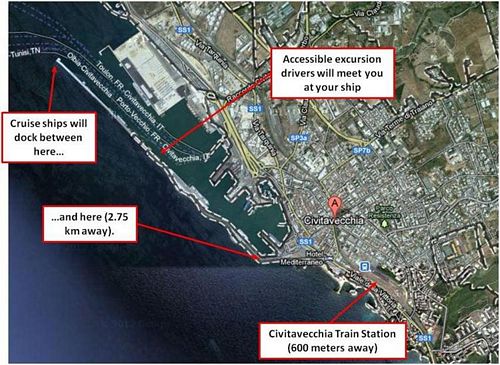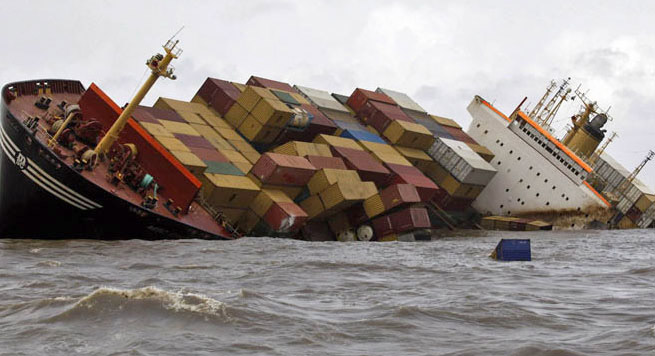

And the bottleneck isn’t expected to clear anytime soon. But, given that twice as many container ships are idling today than at the highest point in the spring, overall pollution has likely doubled as well, Pournazeri said. The agency hasn’t tallied emissions from port congestion in recent months. On land, emissions from heavy-duty trucks and locomotives also rose significantly over the same stretch as the ports handled more than 50 percent more cargo than they did in 2019, before the pandemic hit. The vessels burn low-sulfur diesel fuel, which is cleaner than the “heavy fuel oil” ships use out at sea but nonetheless contributes to air pollution.įrom October 2020 to March 2021, when supply chain bottlenecks caused the first major backup, container vessels near Los Angeles and Long Beach caused a sharp increase in emissions of cancer-causing particulate matter and smog-forming nitrogen oxides, which can damage people’s lungs and trigger asthma symptoms, according to the state resources board. Ships stuck in limbo run their smaller auxiliary engines to keep the lights on, power communications equipment, and cool down refrigerated shipping containers. In mid-September, as many as 73 container vessels were waiting to pull into port.

On Wednesday, 62 container ships were anchored a few miles off the coast of Los Angeles and Long Beach, up from a pre-Covid average of roughly a single ship, said Captain Kit Louttit, who monitors port traffic for the Marine Exchange of Southern California.

(Photo by Brittany Murray/MediaNews Group/Long Beach Press-Telegram via Getty Images)īrittany Murray / MediaNews Group / Long Beach Press-Telegram via Getty Images SAN PEDRO, CA – SEPTEMBER 15: With holiday peak shipments approach their peak, cargo ship congestion continues at the Ports of Los Angeles and Long Beach as seen here from the Port of LA/Marine Exchange in San Pedro on Wednesday, September 15, 2021. “We really need to think about cleaning up the ports and going to zero-emissions across the freight sector, wherever feasible, to avoid these kinds of air quality issues.” “This should not necessarily be considered as a temporary issue” but rather a long-term challenge, said Sam Pournazeri, who heads the mobile source analysis branch at the California Air Resources Board, or CARB, in Sacramento. retail imports and e-commerce sales are expected to soar in coming years, and emissions from vessels, heavy-duty trucks, trains, and port equipment are expected to climb in tandem, so long as all those engines continue burning fossil fuels. Officials say they are investigating whether a ship’s anchor struck a crude oil pipeline late last week, resulting in a 126,000-gallon leak that’s smothering beaches and wildlife.Įxperts say the traffic jam along the Southern California coast and at other major ports around the country may be more than a pandemic-era blip. Thomas herself grew up in West Long Beach, about a mile and a half from the port.Ĭargo ship congestion might also be to blame for another environmental hazard: the massive oil spill just down the coast in Orange County. The organization works in East Los Angeles, Southeast Los Angeles, and greater Long Beach - areas where many Black and Hispanic people are exposed to industrial pollution and suffer higher rates of asthma. “If you go down to the harbor, you can see the ships going out for several miles, and you can see the emissions coming out of their smokestacks,” said Taylor Thomas, co-executive director of East Yard Communities for Environmental Justice. The logjam first emerged last fall as a result of Covid-related supply chain disruptions and, now with the holiday shopping season approaching, is only getting worse. It’s also driving a spike in dirty exhaust that threatens the health of vulnerable communities nearby, according to California regulators.ĭozens of vessels are running their secondary diesel engines as they anchor or drift near the Ports of Los Angeles and Long Beach, the ninth-busiest shipping complex in the world. The record crowd of cargo ships off the coast of Southern California isn’t just making it harder to find furniture, children’s toys, or pet food in stores across the country.


 0 kommentar(er)
0 kommentar(er)
